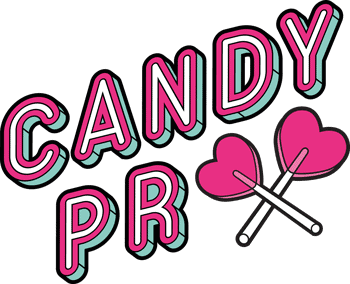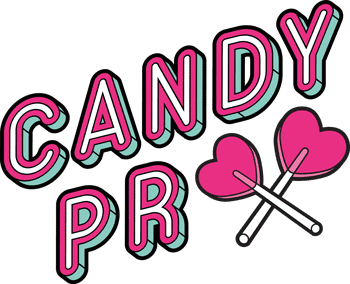
The Top Five Pages Every Business Website Should Have
Your Shop Front – Pages Every Business Website Should Have
Your website is one of your business’ most valuable assets – acting as your shop front to the world and often the first time a prospective client will see your brand. You therefore want to ensure it gives the right first impression. If the navigation, design, and copy are executed in the right way, it can improve your Google search engine ranking, driving more traffic to your business website and resulting in increased brand awareness, and sales/conversions. Wondering where to start? Whether you’re a start-up or an established organisation, here’s a list of the top five pages every business website should have.
1. Homepage
Your homepage is your business’ front door. Although not all visitors will use this entrance (search engines will often display internal pages in search results), it is likely it will be the most frequently visited page.
You want to therefore make sure it delivers the right message to your target audiences. The average internet user will spend roughly eight seconds on a homepage before deciding to navigate away, so you’ll need to ensure your homepage copy showcases your most compelling unique selling points – in a concise and visual way. Catchy, short descriptions, along with internal links to other pages across your site, should encourage visitors to explore your site further.
2. About Us
An About Us page is probably the second most visited page on a business’ website and is your opportunity to validate and add credibility to your brand. On your About Us page, you should be answering the following questions:
- What is your company’s background/history?
- Who’s in the team?
- Who do you sell to?
- What makes your business different from the rest of the pack?
It’s worth avoiding cheesy/’blue sky thinking’ type statements, instead find ways of portraying your company in a unique way. Client testimonials, professional team images, along with short and snappy videos from key team members are easy and effective ways of demonstrating your brand’s personality in an engaging way – and can help with credibility building.
3. Products and Services
The Products and Services page is probably the main reason someone has landed on your business’ website. So, what products and/or services do you sell – and how can these present a solution to the visitor’s problem?
For businesses with multiple products/services it maybe worth giving each product or service its own page, allowing for focused copy to promote your different offerings.
Keep descriptions informative, but concise – users searching online want information. They’ve got questions and they’re hoping you have answers. Provide all the facts so they can make an informed decision on whether what your selling is what they want.
For service providers that are offering bespoke, or consultancy led services where an immediate online sales conversion is unlikely, refraining from adding pricing to the services page is recommended. Instead, you could include a strong call to action in the copy that encourages visitors to book an appointment or sales consultation with the team.
4. Blog
Many first, second, third or even fourth visits to a website do not result in a sale. Visitors may be information gathering, performing product comparisons, or happened to just stumble across your website by chance.
A blog is an opportunity to engage with these prospective customers and is an effective tool to keep existing customers up to date with your business offering and any industry related news. It’s also a great way of improving your Search Engine performance – adding relevant and regular content to your site is a big tick for Google and can help position your business as an industry authority.
Read more about using Blogs as a marketing tool.
5. Contact Us
Any visitor to your business’ website will expect a Contact Us page – even if you have contact details listed in your website footer.
A Contact Us page should ideally include everything from email and telephone to a physical address. An address, along with an embedded map widget, adds credibility and demonstrates that you are a real business with a real location.
You want to make it as easy as possible for potential and existing customers to reach out to you – many businesses will also choose to include a web form, social media links or even a live chat function to ensure they have all their bases covered, and to cater to all types of visitors.
Ready to put pen to paper and start writing you business’ website copy, but don’t know where to start? Perhaps it is worth considering using a professional copywriter; someone who knows how to get pages ranked on Google and understands how to convert visitors to customers – if so, feel free to reach out to Candy PR.

